
Sharing insights from the intersection of geospatial data science and economics | PhD in Economic Geography from @lsenews. Views are my own.
4 subscribers
How to get URL link on X (Twitter) App

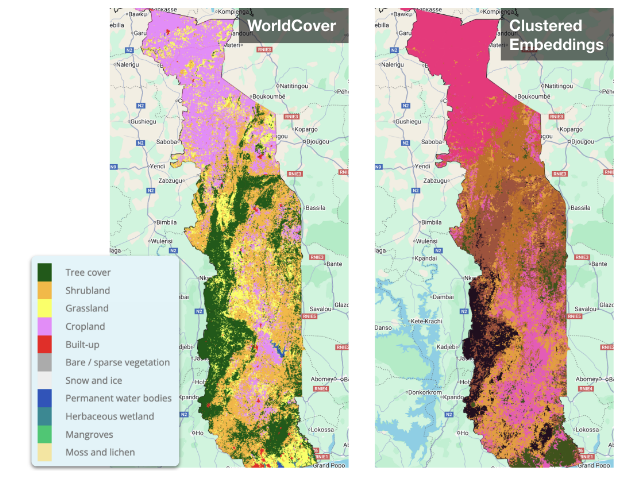
 A new preprint from researchers evaluates the utility of geospatial embeddings for cropland mapping in Togo:
A new preprint from researchers evaluates the utility of geospatial embeddings for cropland mapping in Togo: 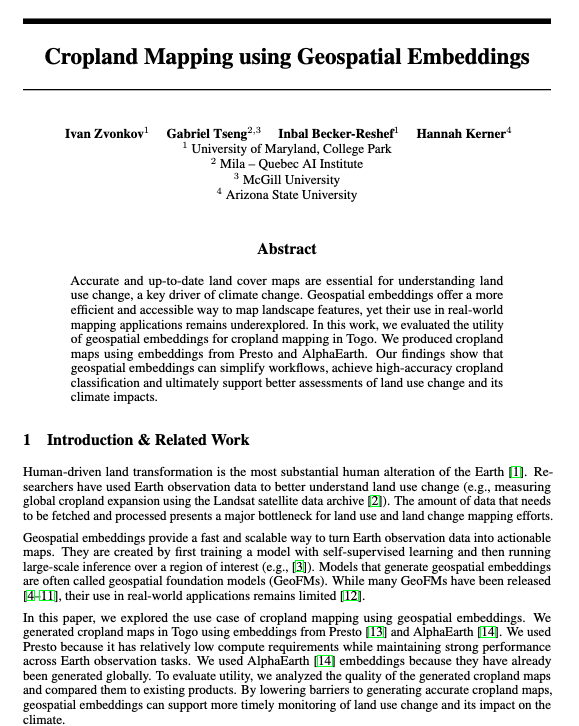

 A new study in Environmental Research: Climate presents the first global analysis of how warming seas threaten mangrove restoration efforts:
A new study in Environmental Research: Climate presents the first global analysis of how warming seas threaten mangrove restoration efforts: 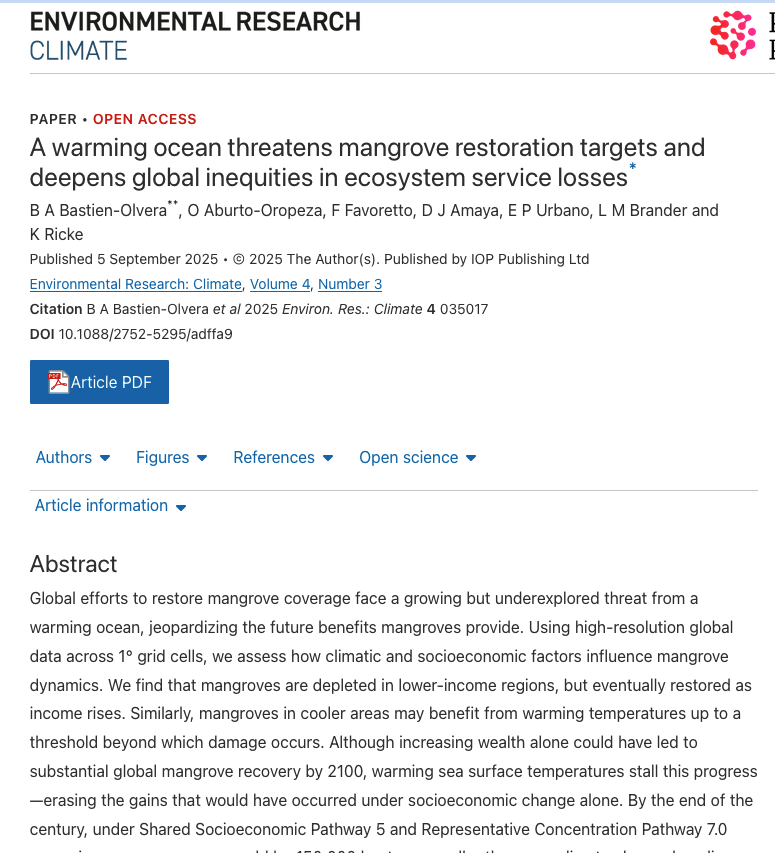

 ESA recently announced Zarr as the new format for Sentinel-1, 2 and 3.
ESA recently announced Zarr as the new format for Sentinel-1, 2 and 3. 

 A new study in Nature Communications, analyses geocoded DHS data at a 5km resolution.
A new study in Nature Communications, analyses geocoded DHS data at a 5km resolution. 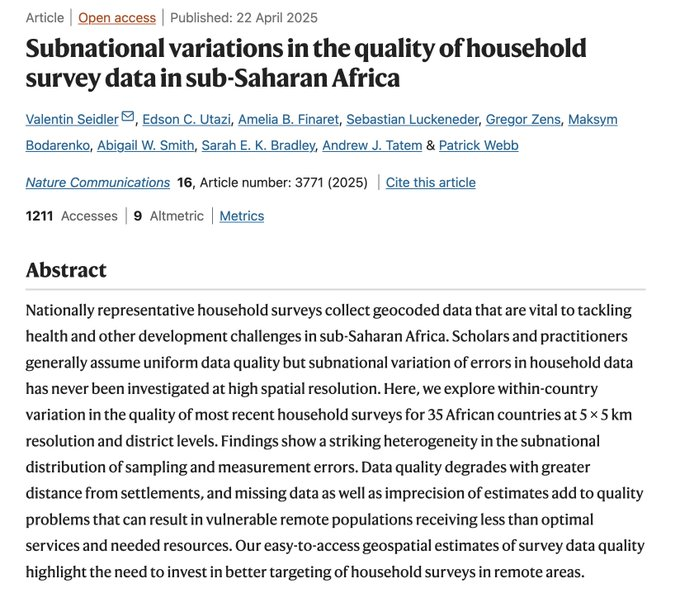
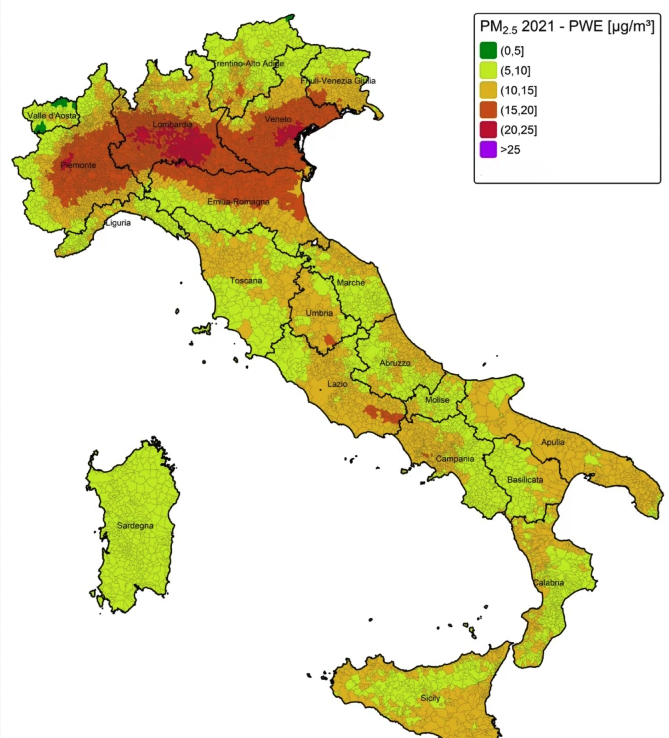
 The researchers combined:
The researchers combined:

 In spatial analysis, “support” refers to the unit of measurement in space.
In spatial analysis, “support” refers to the unit of measurement in space.
 The first sub-national HDI dataset was actually published in @ScientificData in 2019.
The first sub-national HDI dataset was actually published in @ScientificData in 2019.
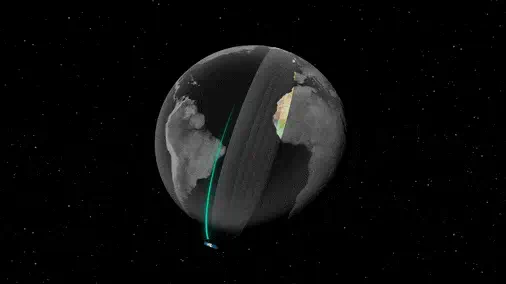
 We have petabytes of satellite images.
We have petabytes of satellite images.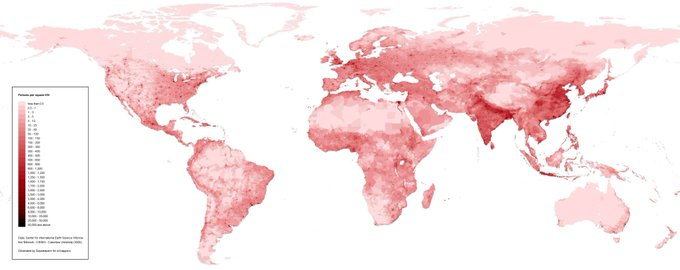
 1. WorldPop (@WorldPopProject) provides data on:
1. WorldPop (@WorldPopProject) provides data on:

 1. Meta provides granular estimates of household wealth for low and middle income countries.
1. Meta provides granular estimates of household wealth for low and middle income countries.https://x.com/yohaniddawela/status/1786359573139329406

 1. GADM
1. GADM

 In simple terms, ecological fallacy is drawing conclusions about individuals from data that were aggregated over areas (e.g. counties, districts, grids).
In simple terms, ecological fallacy is drawing conclusions about individuals from data that were aggregated over areas (e.g. counties, districts, grids). 

 To test the Google Scholar system, researchers created a fake academic and paid $300 to buy 50 citations.
To test the Google Scholar system, researchers created a fake academic and paid $300 to buy 50 citations.

 Imagine you’re studying how income affects house prices in a city.
Imagine you’re studying how income affects house prices in a city. 
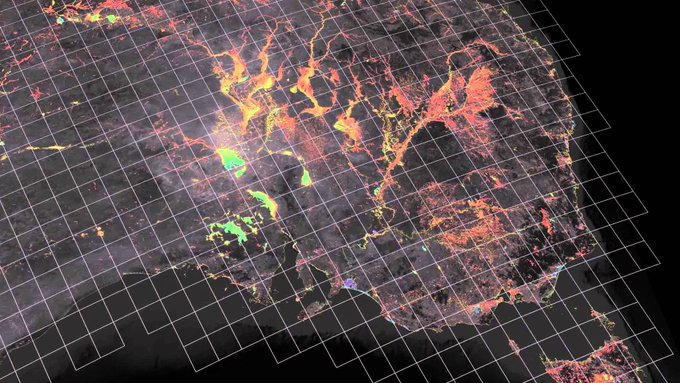
 1. Aiddata
1. Aiddata

 Researchers developed a blockchain-based isotopic database, compiling 34,815 isotopic fingerprints from 1,890 pollution events across the world.
Researchers developed a blockchain-based isotopic database, compiling 34,815 isotopic fingerprints from 1,890 pollution events across the world. 

 A new study in Nature Communications, analyses geocoded DHS data (RIP😢) at a 5km resolution.
A new study in Nature Communications, analyses geocoded DHS data (RIP😢) at a 5km resolution. 